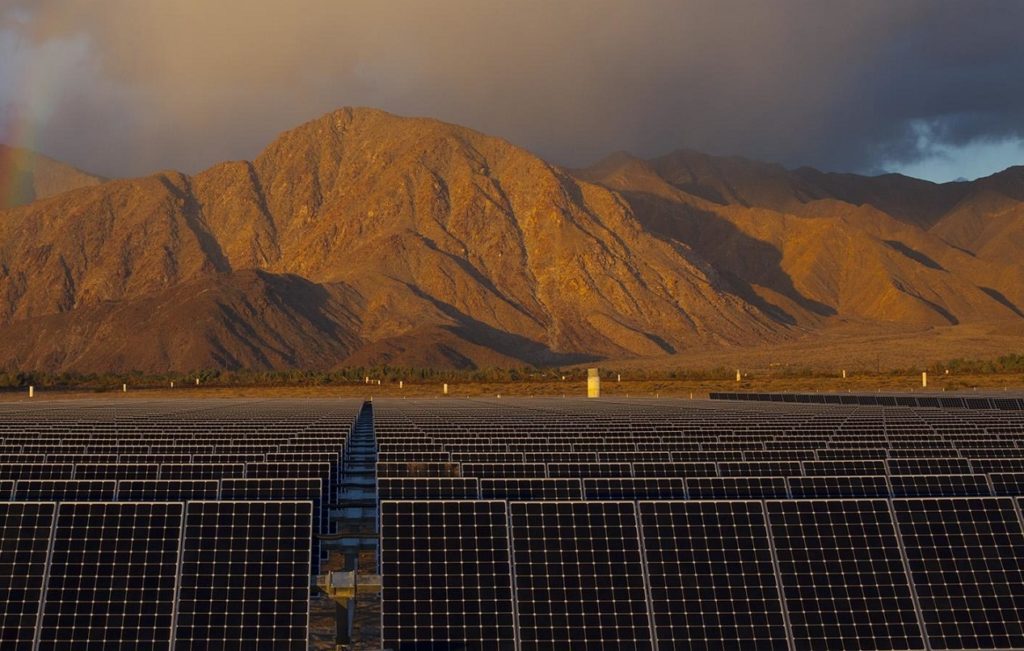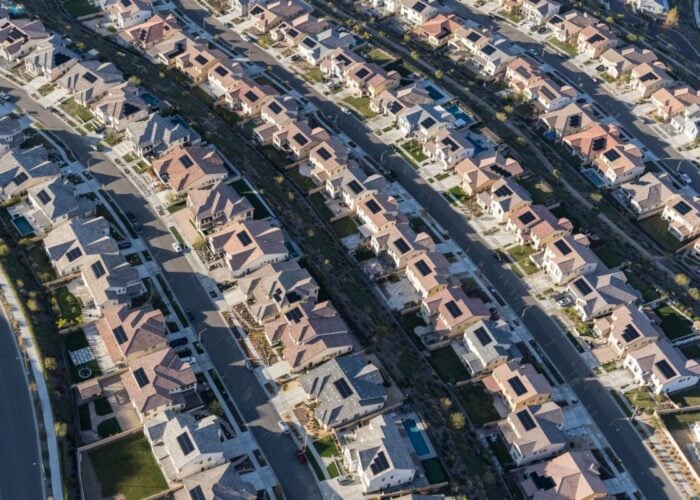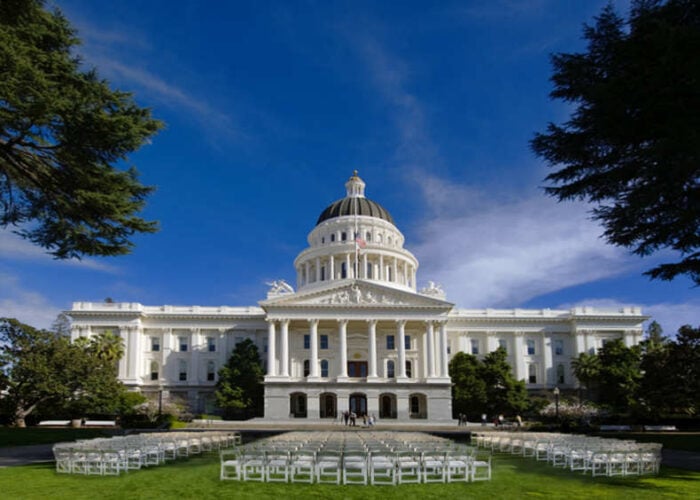
Falling solar wholesale prices in California mean subsidies will likely be needed to sustain the cost-effective deployment of PV in the state over the next three decades, according to a new report from research centre the Breakthrough Institute.
While California is a world leader in solar, with around 20% of its electricity coming from the technology, the fact that PV generation is concentrated in a relatively short period of the day means it is susceptible to value deflation.
Try Premium for just $1
- Full premium access for the first month at only $1
- Converts to an annual rate after 30 days unless cancelled
- Cancel anytime during the trial period
Premium Benefits
- Expert industry analysis and interviews
- Digital access to PV Tech Power journal
- Exclusive event discounts
Or get the full Premium subscription right away
Or continue reading this article for free
As more solar is installed, the average wholesale price of electricity decreases during mid-day hours. This reduces the value of both new and existing solar compared to other electricity sources that have a different generation profile.
The research found that falling daytime prices reduce the incentive for installing additional solar, while increased daytime curtailment reduces the benefits of currently installed solar generation.
Analysing six years of hourly generation and price data from the California Independent System Operator (CAISO), the Breakthrough Institute found that the value of solar has fallen by around 37% since 2014 relative to other sources of electricity. Value deflation is especially pronounced – at around 50% – during spring months when negative daytime electricity prices and high levels of solar curtailment are increasingly common.
According to the study, the wholesale cost of utility-scale PV in California last year was approximately US$27/MWh sold, marginally above the price paid to solar producers of US$26/MWh in power purchase agreements (PPAs). However, the actual levelised cost of energy (LCOE) generation from solar was around US$45, which is about 40% higher than the PPA costs due to the combination of a federal investment tax credit, state-level incentives and indirect investor subsidies. Based on the difference between PPA and LCOA costs, California solar is currently subsidised by around US$900 million per year.
With the state mandated to receive all its power from renewables by 2045, which could see the installation of an additional 70GW of utility-scale PV, the research suggested subsidies in the form of current tax incentives or future technologically neutral mechanisms like carbon pricing or a clean energy standard will be needed to sustain deployment.
The report noted that “though the rates of value deflation are concerning”, the effects “can be mitigated” by the falling costs of solar and the deployment of complementary technologies such as grid-scale energy storage, long-distance HVDC transmission and load shifting through efficiency and demand response. Meanwhile, the use of clean firm generation could also help reduce costs of solar, reducing the PV capacity required to meet demand year-round.
The Breakthrough Institute said value deflation will likely prove more problematic in a first mover like California than in later solar adopters, given the already high levels of solar penetration in the state and its ambitious deployment targets.





